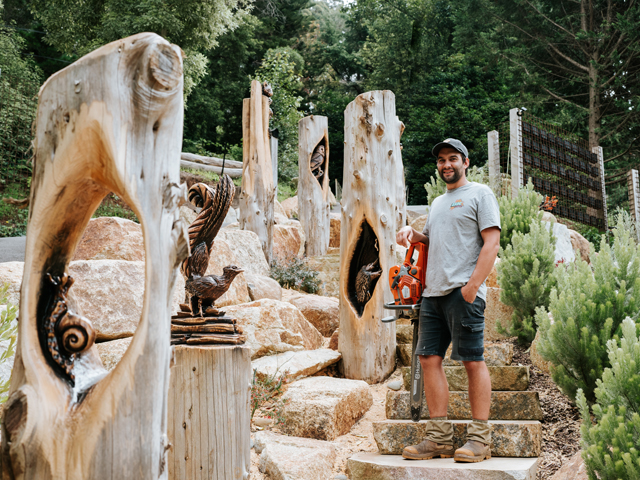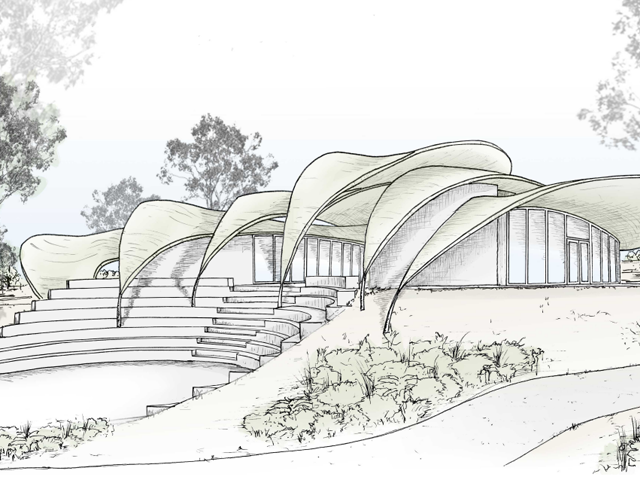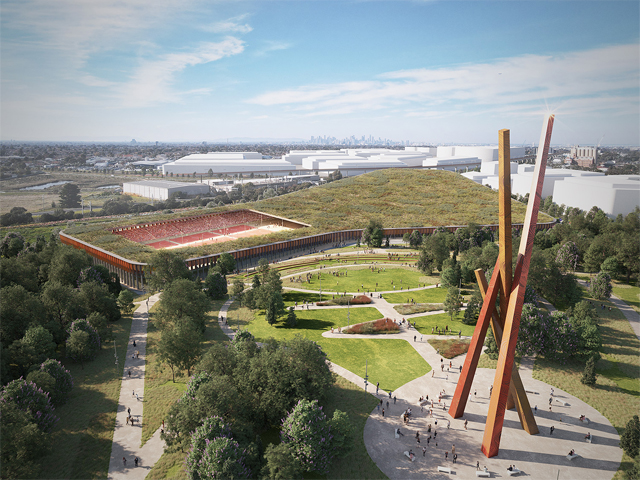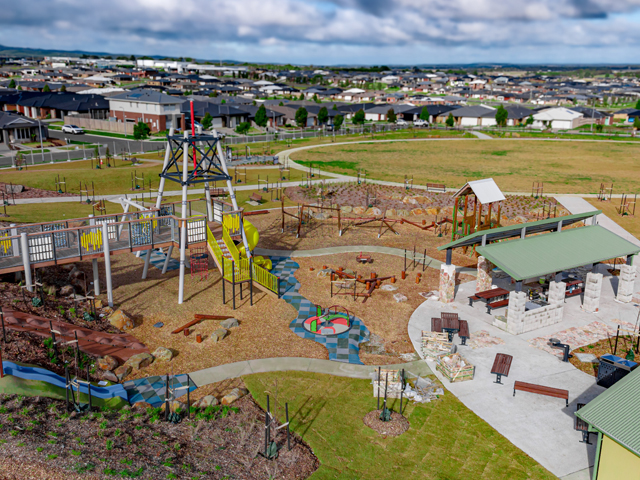RIVER REVITALISATION
01 Aug 2019
A stretch of waterfront that runs 19kms along the Jing River in Xi’an, China, is set to be transformed into a series of public destinations that celebrate the site’s history as the origin of Silk Road. Cultural hubs and public activity sites will activate the waterfront alongside a three-phase scheme that provides responses to environmental challenges.

The design by GLV Gossamer is a finalist in an international design competition and proposes a “Three Skin” method. The project will reflect on Xian’s architectural history of constructing into terrain, carving channels and mounding earth, and will utilise the idea of “sculpting the earth” as its primary focus. The waterfront will see the creation of 12 public destinations along the river. 
GUARDIAN SKIN
The first skin provides climate resilience and flood mitigation by responding to the challenges that occur with the wet season, erosion and biodiversity reduction, all offering due to deforestation and river corridor alteration. Three raised pathways create four unique landscape zones along the corridor, called The Protector, The Dreamer and the Sleeper. These pathways will allow for community planting and activities to occur, based on climate resilience, biodiversity and recreation. 
ECOLOGICAL SKIN
The second skin supports onsite water treatment and creates a biodiversity regeneration strategy that will reintroduce native flora and fauna and clean pollutants to the waterfront. Ponds, swales and creeks will capture, store and clean the river’s water in a sponge city network. Nearby, a lake dubbed the Wild Goose Lake will encapsulate this strategy with water-themed public space, which will feature a beach, water activities and a terraced lakeside aquatic centre with pools, spas and saunas.
The regenerative wetlands and farms will collaborate with the agricultural corridors by incorporating fish ponds, orchards and farms. 
CULTURAL SKIN
The third skin captures the rich history of the area with cultural hubs situated throughout the area, which connect the urban fabric and the water’s edge and activates the river to the public.
A Museum of Earthen Architecture will merge with the Protector dike through landscape buildings, while to the west a Merchant Village will establish an urban centre for events and activities.
Traditional construction methods will allow the village to create a landscape of arches, laneways, sunken courtyards, and plazas, while the modern vaulted brick aesthetic is continued in a series of stilted eco-lookout pavilions and bridges. 
Images © GVL Gossamer

MORE NEWS

WOOD CARVING WITH BRANDON KROON

HARNESSING THE POWER OF DESIGN TO TRANSFORM CITIES

JARRAHDALE TRAIL CENTRE TAKES DESIGN CUES FROM NATIVE FLORA

MELBOURNE'S NEW PARK ON A FORMER LANDFILL SITE

MASTERPLAN FOR INCLUSIVE, CLIMATE-RESILIENT COMMUNITY PARK IN LISMORE

